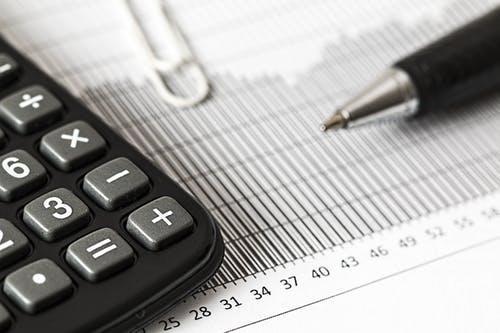Financial statements are windows into the health of your small business. Unfortunately, more times than not these reports get tossed in the trash, never to be looked at again. In this article, we outline what the two most popular statements are and what to look for in them.
What is an Income Statement?
An income statement is a report that outlines a business’s performance during a set period of time. This report breaks down how much revenue the company brought in versus the number of expenses it incurred, thus giving you the net income or profits of the business. Typically, the income statement is prepared on a monthly or quarterly basis and then compiled into annual reports at the end of the year.
What to look for on the Income Statement
Analyzing the income statement is something business owners should become really good at. The key to understanding your business’s performance is to spot trends within the income statement. Has your revenue been decreasing month over month? Are your cost of goods sold rising? How have your overhead costs changed over the last 12 months? These are all questions that the income statement provides answers to.
What is a Balance Sheet
A balance sheet details what a business is worth at a specific point in time. Unlike the income statement, a balance sheet looks at a single point in time. It functions as a snapshot of the business’s current financial health. The balance sheet is broken down into three distinctive sections: assets, liabilities, and equity. Assets are what the business owns, liabilities are what the business owes, and equity represents the difference or the value that owners or shareholders have paid in.
What to look for on the Balance Sheet
The first thing I find on a business’s balance sheet is its current ratio. This ratio depicts how well a company is positioned to pay off its current debts. The ratio is simply calculated by dividing current assets by current liabilities. Next, I look for trends in the accounts receivable. If your AR balance is consistently trending upwards, you are slowly becoming a cash broke business. Another item I like to monitor is the debt to equity ratio. This ratio explains how a business is fueling growth. If the debt/equity ratio is increasing, the business is becoming riskier by leveraging its assets.
Conclusion
Monitoring the trends of your financial statements is as important as it is universally despised by business owners who simply want to run their business. Still Water Financial Operations has experts on hand who coach companies on a weekly basis to improve their profits. We provide outsourced accounting, virtual CFO, and business strategy services to small businesses across the country. Contact us here to learn more!

